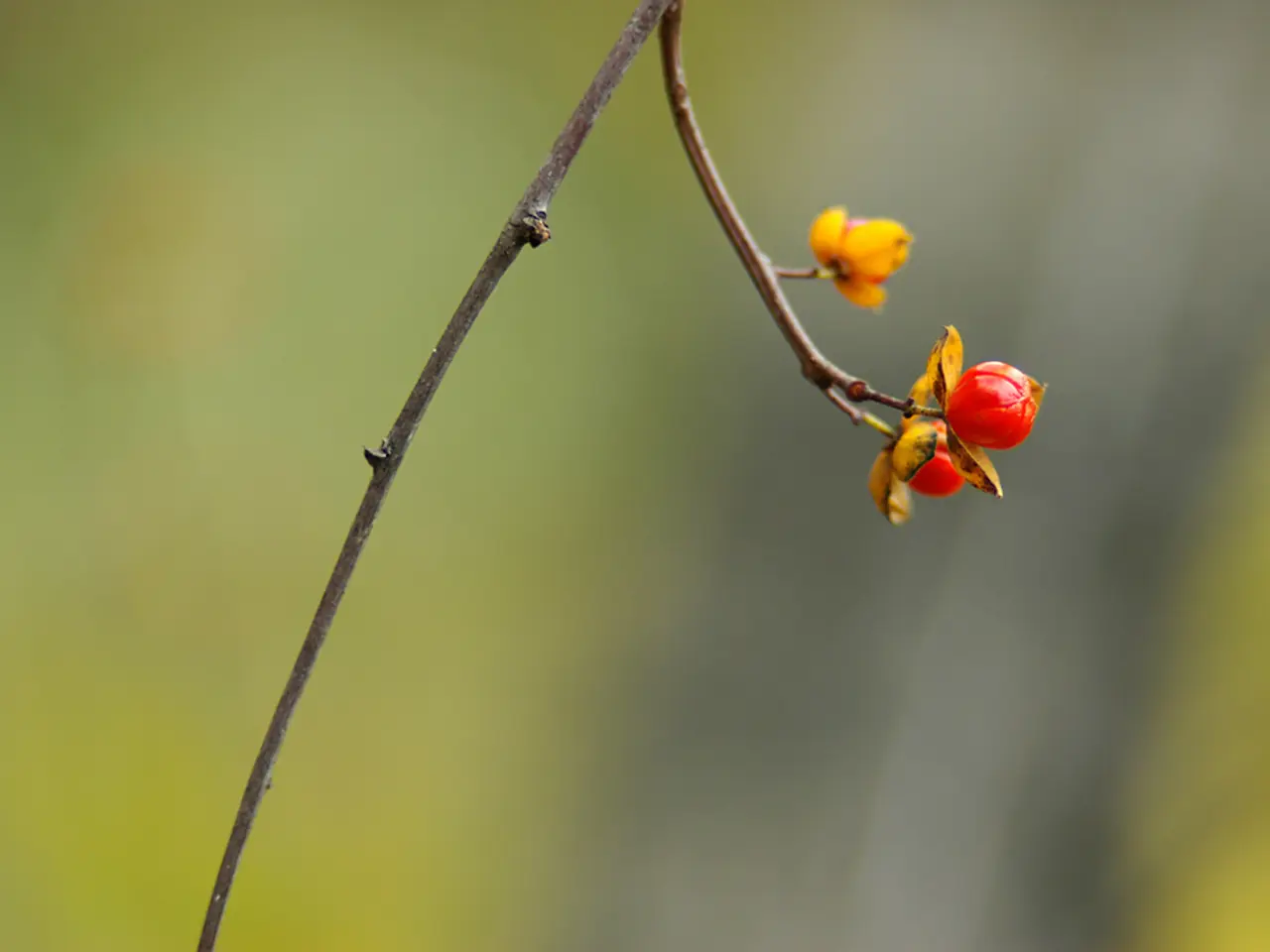Orchid Flowers Dropping: Strategies to Evade Orchid Bud Rot
Preventing Orchid Bud Drop: A Comprehensive Guide
Orchid bud drop can be a frustrating issue for many gardeners, but fear not! This common problem often has simple solutions. In this article, we will explore the common causes of orchid bud drop and provide tips on how to prevent it.
Orchid bud drop can be caused by a variety of factors, including low temperatures, incorrect watering, insufficient or improper light, sudden temperature fluctuations or drafts, exposure to cigarette smoke or ethylene gas from ripening fruit, and even pollutants in the air.
To maintain a healthy orchid and prevent bud drop, it's essential to create an environment that closely mimics the plant's natural growing conditions. Here are some key steps to follow:
Temperature Control
Maintain stable temperatures ideally between 16 and 32°C and avoid drafts or sudden temperature changes. Orchids require a drop between day and night-time temperatures of about 10 to 15°F (5 to 8°C) to rebloom.
Watering
Water the orchid regularly but allow the potting medium to dry out between watering to avoid root rot. Avoid letting the soil become too dry when buds are forming.
Lighting
Provide sufficient indirect sunlight. Too much direct sunlight or very low light can stress the plant leading to bud loss. Orchid light requirements vary by species, so check whether your plant is a low-light, medium-light, or high-light orchid.
Humidity Control
Maintain proper humidity levels through regular misting, which also discourages pests such as mealybugs. In dry environments, orchid buds dying can be a result of underwatering and low humidity.
Avoid Harmful Gases
Keep orchids away from fruit bowls and smoky environments to avoid ethylene exposure and harmful gases.
Pest Control
Inspect plants regularly for any pest presence and treat minor infestations with insecticidal soap. Orchid pests such as aphids, thrips, mealybugs can lead to bud blast or orchid leaves falling off.
Fertilizing
Use a water-soluble fertilizer specifically formulated for orchids, and apply according to the label's instructions. After flowering, stop fertilizing until new leaves begin to grow again. Orchids hate sitting in water and can develop root rot or orchid crown rot from overwatering. Excessive fertilizer application can cause orchid bud blast due to salt build-up and fertilizer burn.
General Care Tips
Monitor root health (green roots indicate good hydration; brown suggest overwatering and greyish suggests underwatering) and adjust watering accordingly. When orchids finish blooming and buds drop naturally, continue normal watering and care to support the resting and reblooming cycle.
Melanie Griffiths, an experienced gardener and homes and gardens media professional with over 20 years of experience, emphasizes the importance of creating the right environment for orchids to thrive. She notes that orchids are highly sensitive to pollutants in the air, and orchid buds falling off due to harsh chemicals is surprisingly common.
In summary, stable moderate temperature, proper watering (not too wet or dry), adequate indirect light, humidity control, and avoidance of harmful gases are key to preventing orchid bud drop and ensuring healthy blossoms. By following these tips, you can enjoy vibrant orchid blooms in your home or garden.
[1] Griffiths, M. (2021). Orchid Care: A Complete Guide. Gardener's World.
[2] Orchid Care: How to Water Orchids. (2021). The Spruce.
[3] Orchid Care: How to Keep Orchids Blooming. (2021). The Spruce.
To nurture a flourishing orchid and prevent bud drop, it's crucial to emulate the plant's natural environment by maintaining moderate temperatures, providing proper watering, adequate indirect light, controlling humidity, and avoiding harmful gases. Additionally, ensuring good pest control and fertilizing appropriately can contribute to an ideal home-and-garden lifestyle for thriving orchids, as emphasized by Melanie Griffiths, seasoned gardener and homes and gardens media professional. Gardening, after all, is an art form that intertwines one's lifestyle with the beauty of nature in home-and-garden spaces.




